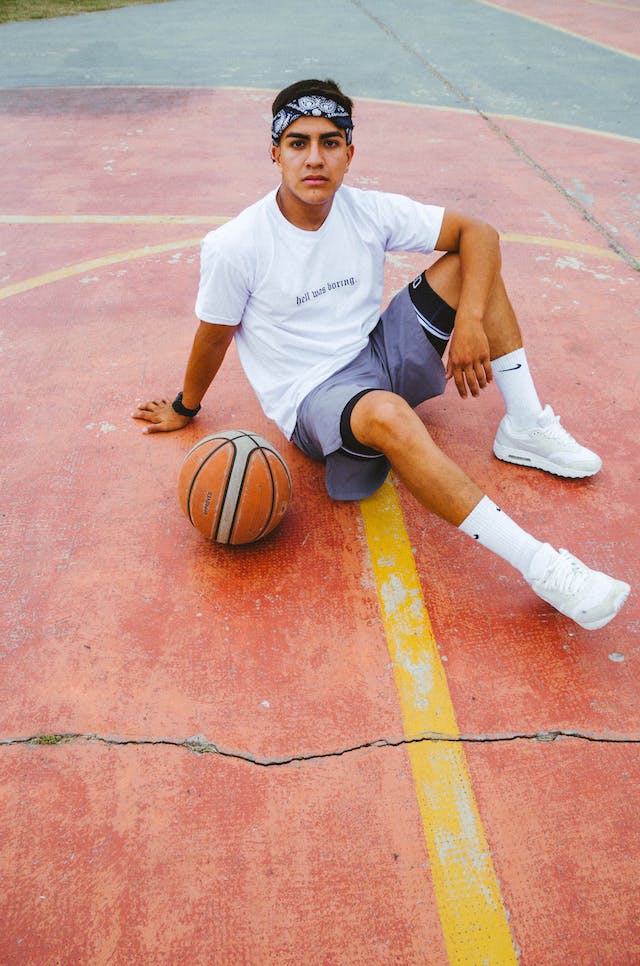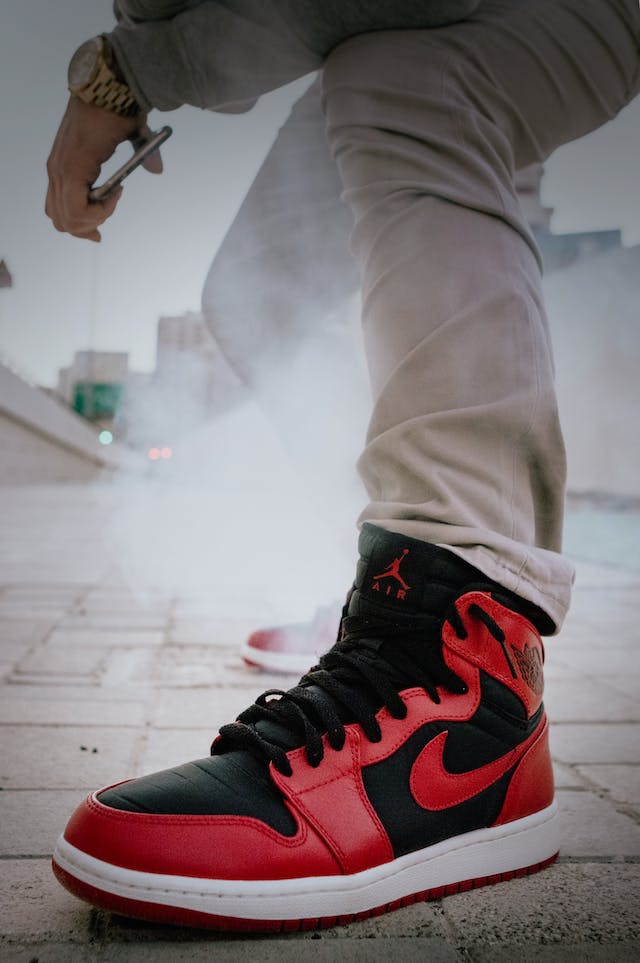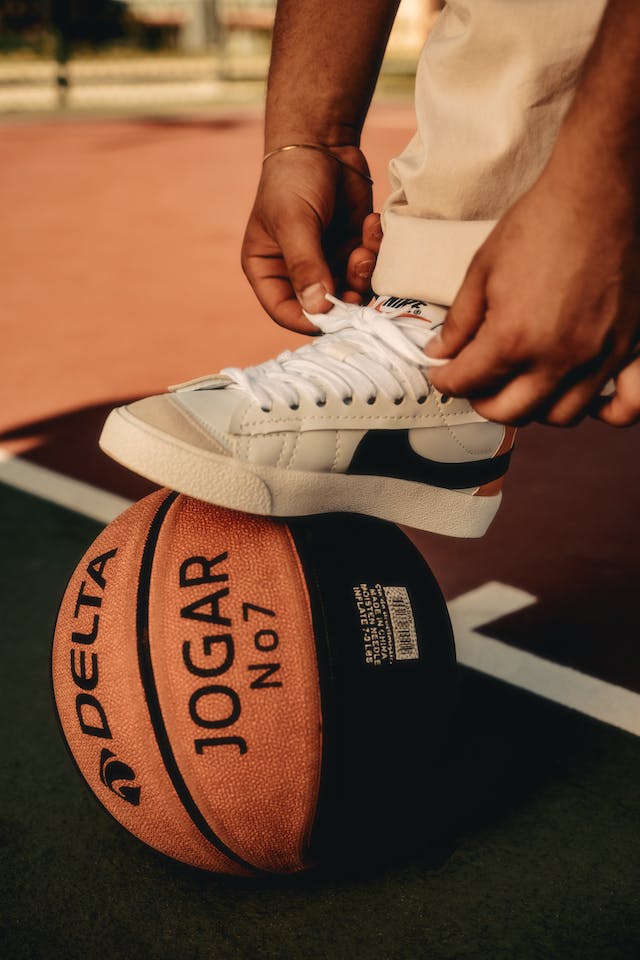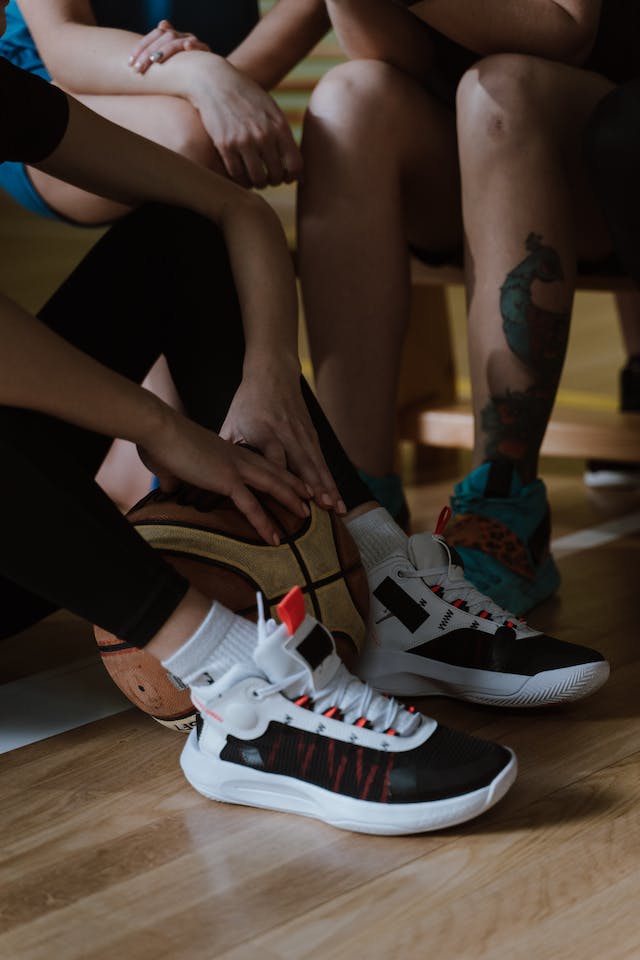How to Choose a Basketball Shoe: My Comprehensive Guide

So I decided to make a simple, yet comprehensive guide on how to choose a basketball shoe that best fits you and your playstyle. I did write something similar a while ago, but this will be more basic and easier to understand.
Alright, so let‘s jump right in and discuss all the main factors you should be looking at to know how to choose a basketball shoe.
UPPER
Probably the most impactful factor of all is the shoe‘s upper material. You can basically split them into three types: soft, in-between and hard.
In basketball shoes, the most popular soft uppers are woven (Performance Woven, Flyweave...) and knit (Primeknit, Flyknit...). These are the softest, lightest, most flexible and stretch the most. They are no doubt the best choice for guards who can‘t afford any restrictions, want mobility, unrivaled comfort and speed. Their main disadvantage is durability.
EXAMPLES
adidas Crazylight Boost 2015 has Primeknit | Air Jordan XX9 has Performance Woven
The ones I call „in-between“ are these balanced uppers that aren‘t too soft and aren‘t too sturdy. The most popular examples would be mesh, jacquard and synthetics like Under Armour‘s SpeedForm. They are still somewhat soft and flexible, but they are a bit more supportive and harder than your regular soft upper. These are best for versatile players who can do a little bit of everything.
EXAMPLES
adidas D Lillard 2.0 has jacquard | Under Armour Curry Two Low has SpeedForm
Hard uppers are basically the most supportive and durable. The most common examples would be synthetic leather, synthetic suede and plasticy-like materials like Nike‘s HyperFuse and HyperPosite. They are definitely the most protective and the most durable. They would fit heavier and explosive players who need protection because of their aggressive/heavy movements best. The main con of these uppers is the lack of mobility and sometimes even comfort.
EXAMPLES
Nike Kyrie 2 uses Fuse | Nike LeBron 13 uses Fuse with HyperPosite
CUSHION
Another very important factor is the shoe‘s cushioning setup (what‘s inside the midsole). I could split them into two main types: soft & bouncy and firm & responsive.
The most popular bouncy cushions are adidas‘s BOOST and BOUNCE, Under Armour‘s MicroG and sometimes, Nike‘s ZOOM AIR. These will give you the most comfortable experience with a „springy“ feel while you‘re playing and will give you lots of impact protection. These are best for heavier, more explosive players who need that impact protection and softness to absorb heavy shock.
EXAMPLES
adidas D Rose 6 uses BOOST | Nike Zoom HyperRev 2016 uses ZOOM AIR
The most popular responsive cushions are Nike‘s Lunarlon, adidas‘s adiPrene+ and Under Armour‘s Charged. These will give you lots of responsiveness and court feel, speed and will support your quickness. They‘re best for lighter & quicker guards who don‘t require impact protection, but need speed and responsiveness instead.
EXAMPLES
Nike Kobe XI uses Lunarlon | Under Armour Curry Two uses Charged
TRACTION PATTERN
This basically comes down to whether you want to play indoors, outdoors or both. The main component to look at to decide is the shoe‘s outsole, where the traction pattern is.
If you stritcly plan on playing indoors, ot at least mostly indoors, than I seriously will say that ANY shoe will get the job done. All basketball shoes are made with indoor play in mind, so don‘t waste your time on looking for an indoor shoe, when they all are just that.
Now for outdoors, this is different. There aren‘t many great outdoor performers these days. Shoes that perform well outdoors are the ones with an aggressive looking traction pattern made of durable rubber. You can‘t really examine that online, but there are some popular shoes that I will list below right now.
EXAMPLES
adidas Crazylight Boost 2016 | adidas D Lillard 2.0 | Nike Kobe Mentality II | Nike Zoom Venomenon V
OTHER MINOR FACTORS
The rest of the factors don't impact the shoe's performance that much, but I still think you should know them and take them into account before buying. These are: weight, ankle height and aesthetics.
I know some people who can't play in heavy shoes, while some people hate the feel of light shoes. It's a personal preference, so there isn't a way to find out without actually trying both types on. If I'd need to recommend, I would say go with lighter shoes if you're a guard, go with heavier ones if you're a forward or a center.
There are three types of shoes: low tops, mid tops and high tops. Ankle height is something lots of people care about too much. That's right, support doesn't come from the ankle collar, it comes from the shoe itself. I have a seperate post to explain that, check it out HERE. But yeah, it comes down more to comfort. Some people can't stand the feel of a high top for example.
LOW TOP
Nike KD 9
MID TOP
adidas D Rose 773 IV
HIGH TOP
Under Armour Clutchfit Highlight Drive 2
And lastly, there are of course the aesthetics of the shoe. I can't really expand on that, but there's one thing I will say. Don't let the shoe's look control you.
Alright, that's it for the guide! I really hope you found this guide useful! Good luck on choosing the right shoe for you and in the mean time, see you later in the upcoming posts! Also be sure to check out https://what-the-shoes.com for more great shoe options.




